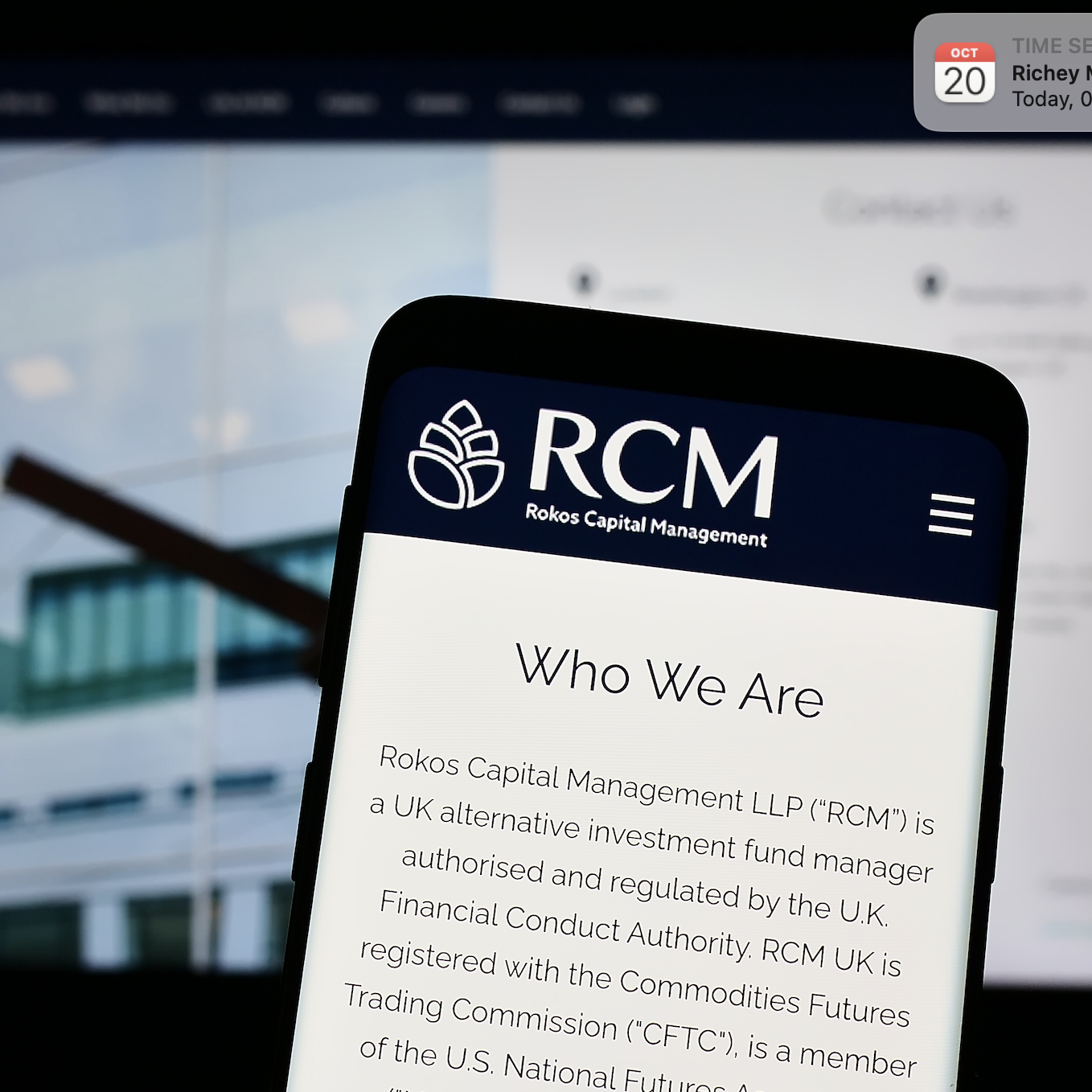The desire for automation and digitisation of processes and procedural operative tasks derives from the very nature of the investment business itself. As a depositary to various types of Malta-domiciled Collective Investment Schemes (”CIS”), it is imperative to highlight the fact that a CIS is generally subject to a magnitude of different rules and obliged to comply with such rules on an ongoing basis.
Considering the various different structures of how an investment manager can package an investment strategy and market it to its suitable investor base, the author can highlight that the very existence of CISs’ service providers play an essential part not only from a regulatory requirement, but also from an operational point of view, among others, ensuring that the CIS operates in line with its licensing conditions and is compliant with all regulatory as well as self-imposed rules.
While each service provider plays an integral part within a CIS’s structure, the following article will focus on the duties of a depositary and the very core of its duties under AIFMD and the UCITS Directive, namely cashflow monitoring, including oversight of investor subscriptions and redemptions, NAV verification, safekeeping of assets, record keeping of other assets and asset verification as well as the oversight of investment restrictions, regulatory as well as self-imposed.
Given the magnitude of checks derived from this basket of regulatory rules and duties, the main aim is the assurance of having an independent and non-conflicted second line of defence in place, capable of monitoring CISs’ regulatory compliance in line with the aforementioned directives and that no existing nor future investors’ monetary commitment in the form of an investment in the respective CIS is jeopardised as a direct result of failure to comply with regulatory imposed rules.
In order to perform such checks, the receipt and processing of data is imperative. From a depositary’s point of view, such data is sourced in various different file formats from multiple different sources, among others, a CIS’s fund administrator providing NAV related information such as balance sheet, trial balance as well as shareholder movement report and register, cash and position statements from counterparties, the depositary’s own records as well as supplementary securities’ fundamental data from data service providers such as Thomson Reuters or Bloomberg. Considering now that the aforementioned data sets are collected on a per CIS basis to conduct full and comprehensive checks, it will not strike the reader by surprise that conventional tools such as Microsoft Excel might be deemed insufficient to cope with the integration of such large amounts of data from various sources and formats but rather pushes it to the limits of its capacity – not to mention potential manual data manipulation beforehand.
As digital innovation leaves its footprint in the space of asset and fund managers, which seemingly have adopted and already harvesting the fruits of innovative solutions in the data processing and data management space, it might not be a surprise to read that automation, particularly relating to data processing and management has not only been topics of great interest to fund and asset managers, but also to depositaries.
Considering the small number of depositaries domiciled in Malta compared to the steady growth of CISs on the island, it is inevitable to adopt processes to manage the increased number of CISs by either adding staff, increasing efficiency through process enhancements, the adoption of automated solutions or through a combination of all three. While some depositaries have already successfully adopted one or more solutions to digitise and automate certain core duties and their associated processes, others are still exploring potential solutions which may provide value-add. Compared to conventional tools, automated and digitised processes will allow depositaries to:
- Help increase the attractiveness of Malta as fund domicile when compared to other developed jurisdictions, simply by offering services using state of the art technology
- To further grow and support the local fund industry by providing the best quality service
- Offer competitive pricing structures as a direct result of derived synergy effects
- Reduce manual data manipulation and error rates
- Conduct standardised reviews in a desired frequency
- Improve timing from detection to reaction as part of its oversight function
- Adopt processes following new regulatory requirements
The latter is likely to be considered the most pertinent point, given the ever-developing regulatory requirements and their potential impact on the business as usual operative tasks. Reflecting on recent developments with the introduction of the Sustainable Finance Disclosure Regulation (SFDR) and ESG regulation, it will be interesting to see the local regulator’s expectations with respect to SFDR disclosures and the extent to which responsibilities will involve depositaries’ monitoring duties.
If this becomes a direct obligation for fund managers, it will automatically result in an indirect oversight obligation for depositaries. This further strengthens the previous argument for automation and digitisation of processes. it seems somewhat obvious that firms able to cope with regulatory expectations and their timely implementation in their existing monitoring framework will clearly strengthen their position in the market, subsequently resulting in a clear competitive advantage. It also further ensures comprehensive oversight as second line of defence by protecting a CIS’s most valuable asset – the investor. Once again, in the presence of already established automated processes it might be an easy task to simply add ESG or even SFDR related checks to the existing oversight framework.
Considering the rapidly developing regulatory landscape, concluding remarks may suggest that a depositary’s monitoring framework should be resilient and flexible enough to implement changes in a timely and efficient manner. One might also conclude that automated and digitised processes will not only have positive repercussions on reviewing frequencies but also exceed in providing standardised outputs. This will not only benefit the depositaries’ own record keeping obligation from an audit point of view, but also create value add in terms of reporting to external parties like CISs’ Board of Directors.
Generally speaking, further considerations also suggest that automation and digitisation of processes do not only make processes more scalable, but might also have positive effects on cost drivers, ultimately contributing to the overall investor value. Achieved thorough synergy effects, it might indirectly assist increasing investor value per share, without suffering repercussions on the quality of service provided.








